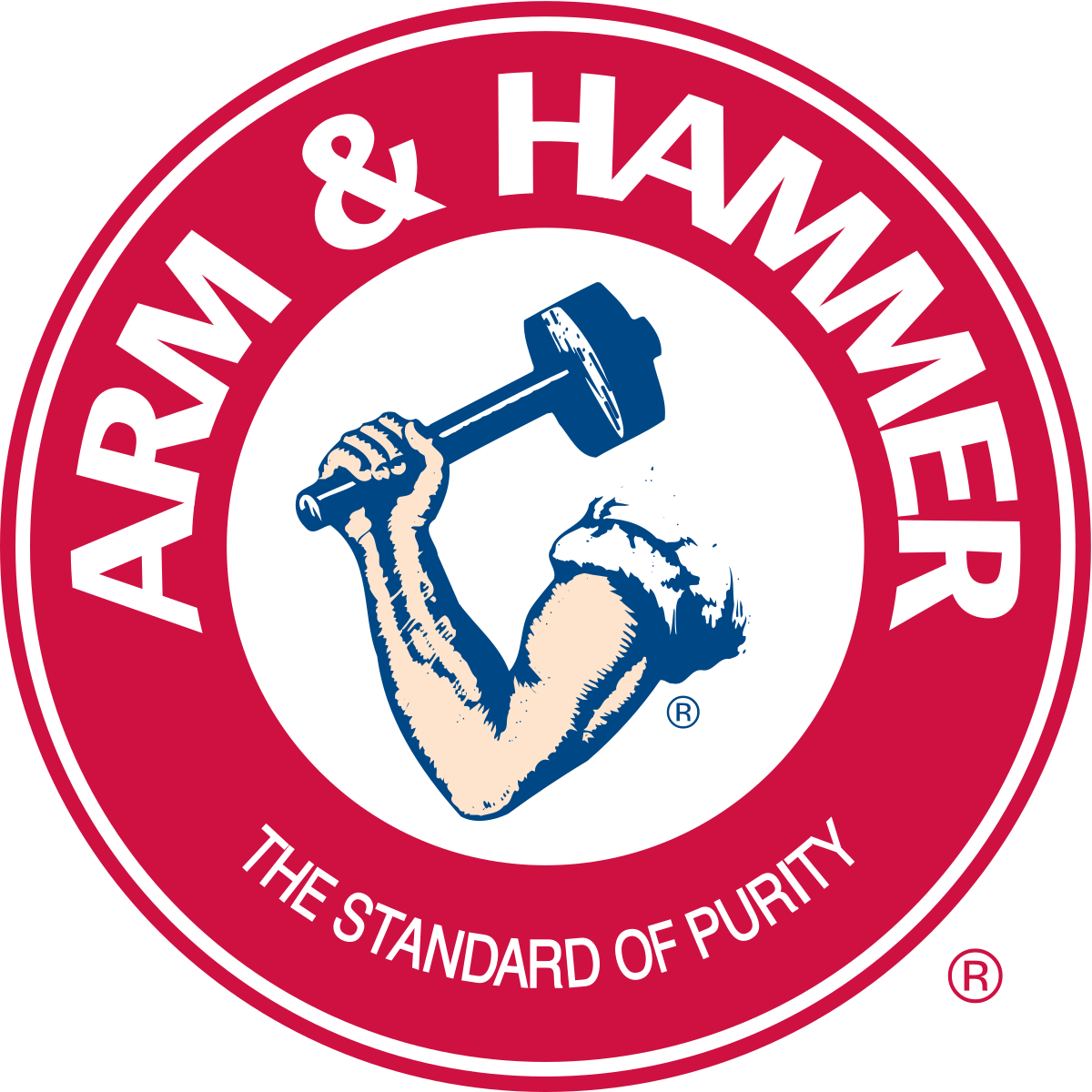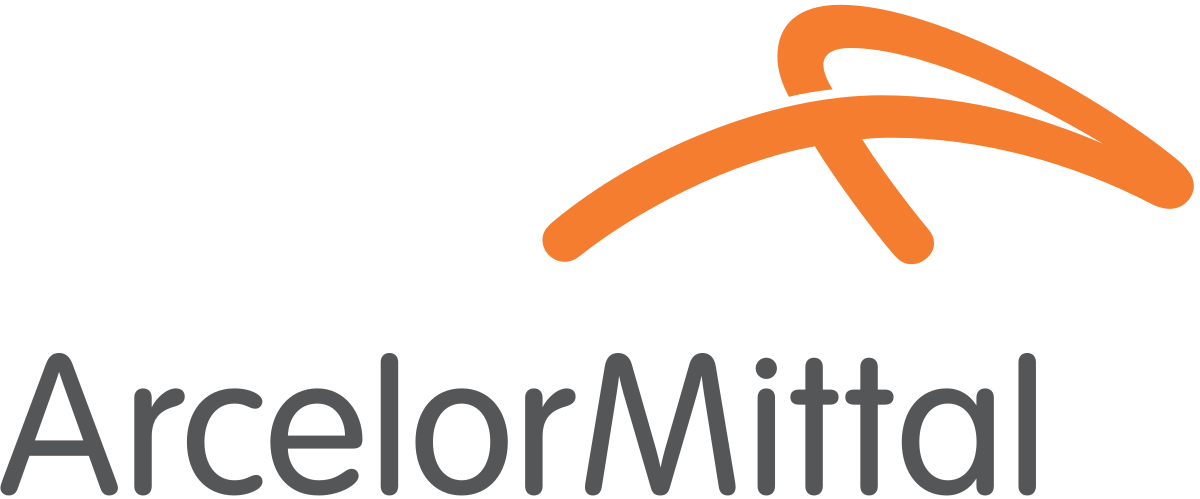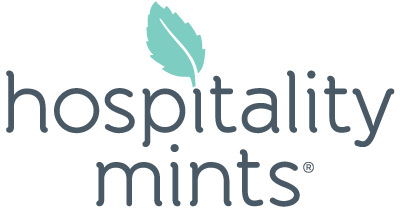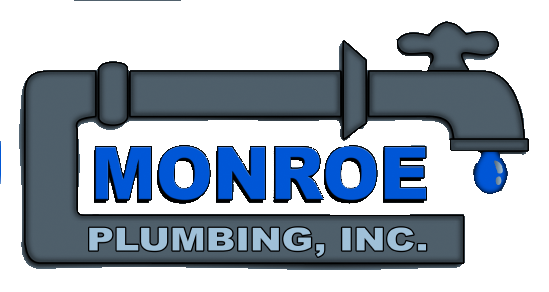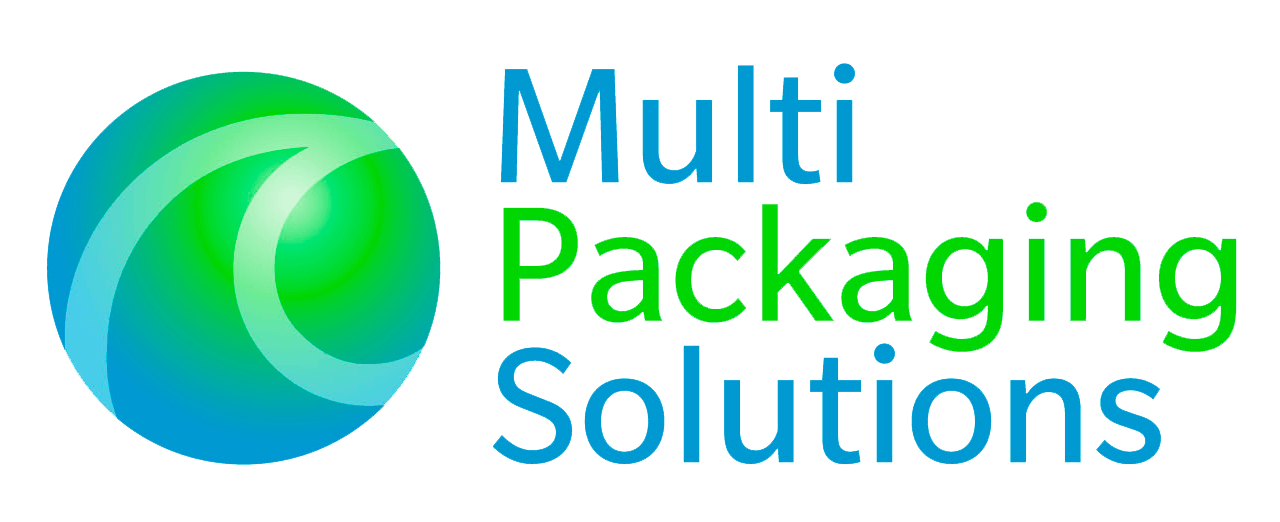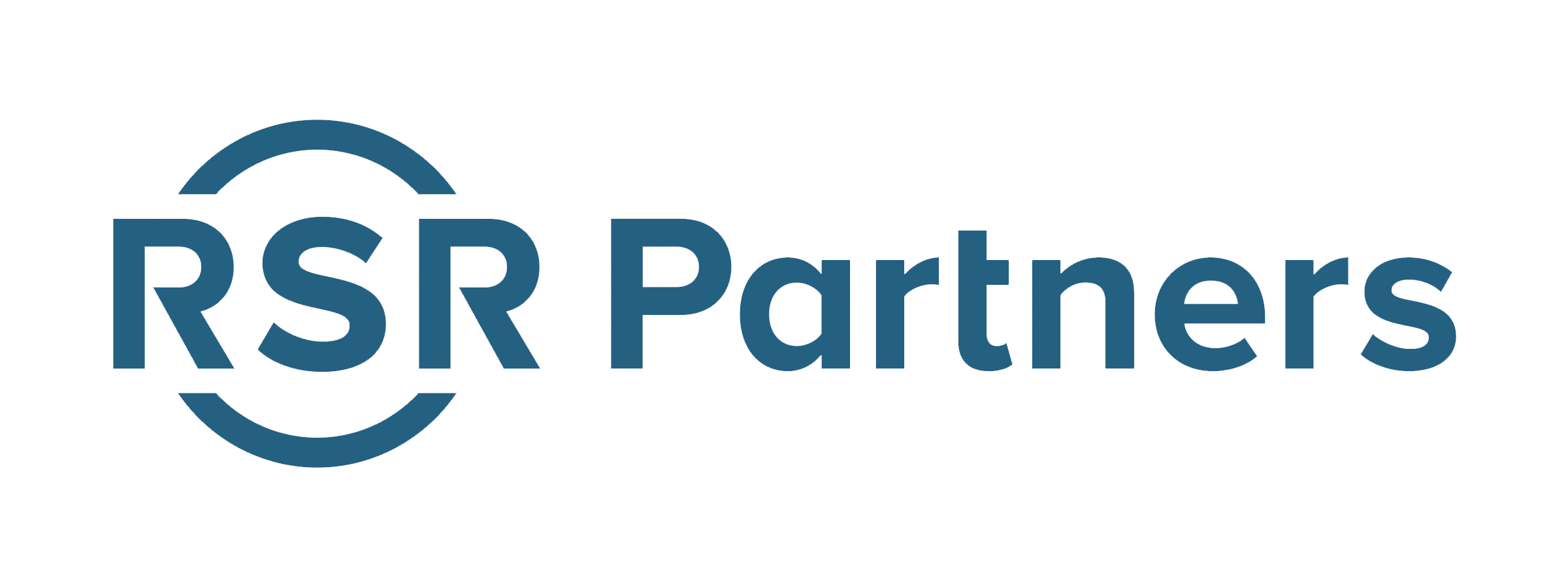Summary
The maternal mortality rate in the United States is currently more than triple that of Canada and six times higher than Scandinavian countries. Additionally, the United States holds the highest neonatal mortality rate among developed nations.
MorelandConnect has joined forces with riskLD and a premier healthcare system in Northeast Ohio, to build a new software that supports clinical decision-making in Labor and Delivery Units. This software, which incorporates Obstetric Guidelines, has been instrumental in reducing severe safety incidents by 92% and cutting costs associated with obstetric litigation by 93%. It represents a significant advancement in improving maternal health outcomes.
Objective
A Custom Software for Early Alerting and Decision Support
While maternal deaths are steadily declining in other developed countries, the United States is experiencing a rise in such fatalities. According to a recent analysis by the CDC Foundation, approximately 60% of these deaths could have been prevented.
Complications related to pregnancy and childbirth are felt by women across all races, ethnicities, education levels, and income brackets, throughout the entire United States. Even so, African American women, women in lower socioeconomic situations, and women in rural areas bear a disproportionate share of the maternal mortality burden.
riskLD was born out of the need to address these systemic issues. riskLD aims to enhance obstetric care by making it safer and more efficient. The primary issues it addresses in Labor and Delivery Units are the lack of situational awareness and the failure to manage patients following evidence-based best practices. To counter these problems, riskLD retained MorelandConnect to develop a software solution using these guiding principles:
- Make Obstetric Guidelines More Accessible: By providing a proprietary graphical user interface, riskLD enhances situational awareness. This interface offers both a unit-level view, which includes providing alerts and enables better allocation of resources and remote monitoring capabilities for community hospitals, as well as a patient-level view that continuously monitors maternal and fetal parameters, diagnoses, high-risk conditions, generates clinical alerts, and supports evidence-based decision-making.
- Ensure Best Practices Are Followed: The software alerts clinicians to medical comorbidities and high-risk conditions, fostering adherence to Clinical Practice Guidelines developed by University Hospitals System, Cleveland, Ohio. These guidelines have been shown to significantly reduce serious safety events and obstetric litigation costs for the health system over ten years.
- Facilitate Communication and Collaboration Across Disciplines: riskLD supports improved hand-off of care among nurses and physicians, making it easier to assess patient acuity and convene for care planning. It also provides a continuous safety net for both providers and patients.
All in all, riskLD integrates a vast base of actionable knowledge with real-time monitoring, intelligent diagnostics, alerting mechanisms, and instantaneous checklist creation to support the clinical team continuously and enhance communication among providers, thereby reducing the likelihood of medical errors and adverse outcomes.
Solution
Significant Reduction in Safety Events and Litigation Costs
Moreland Connect’s custom software, developed for riskLD resulted in the following outcomes:
- Improved handoffs of care among nurses and physicians
- Enables quick assessment of acuity of patients on labor & delivery
- Allows staff to convene and create care plans
- Provides a safety net for providers and patients 24/7
The “eye in the sky,” riskLD, guarantees adherence to Obstetric Guidelines, which, over a decade, have shown to decrease Serious Safety Events by 92% and cut obstetric litigation costs by 93% for the health system.
By Paul Franke
What’s Ahead?
riskLD’s development and subsequent approval from Epic App Orchard assures healthcare systems nationwide that the positive outcomes observed in Northeast Ohio—drastically reduced OB litigation costs and a significant decrease in serious safety events—are within reach, thanks to a platform conceived with both the provider and patient needs in heart.


